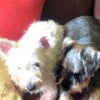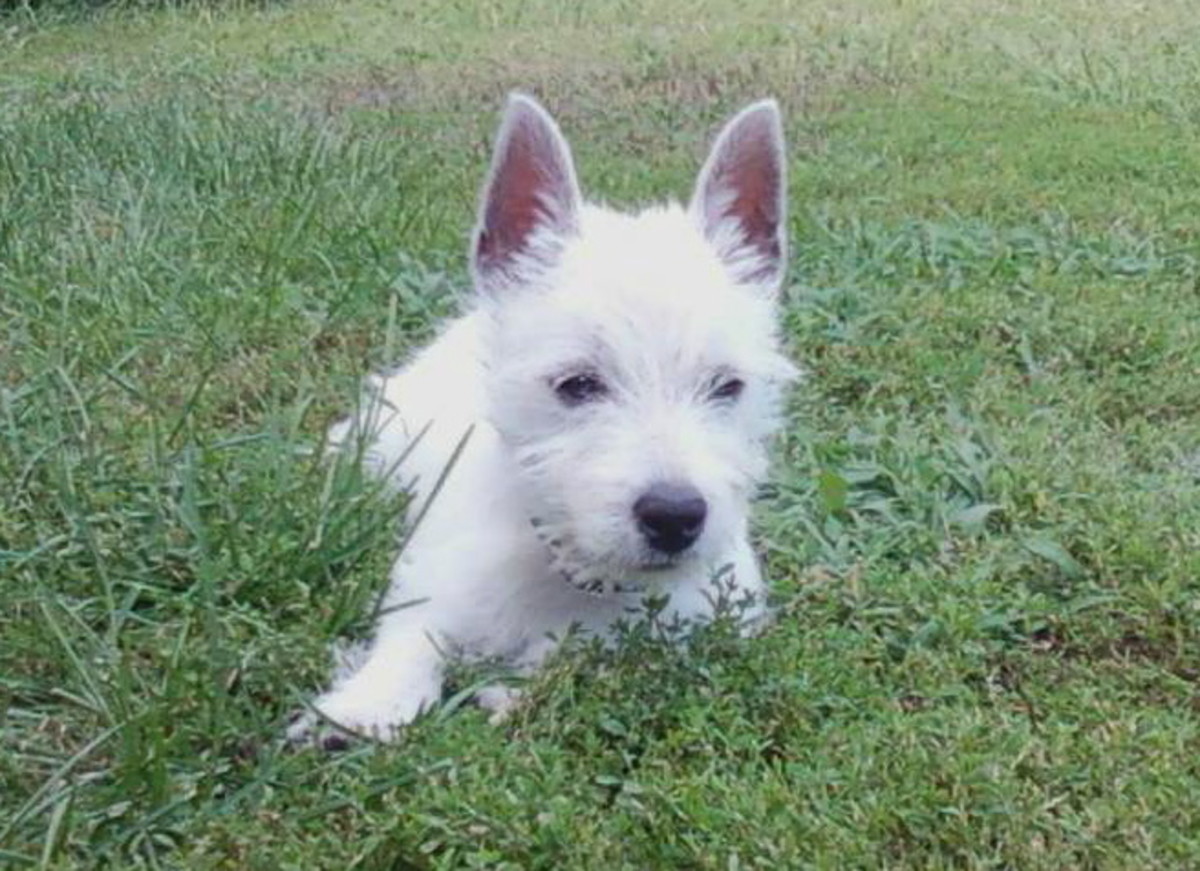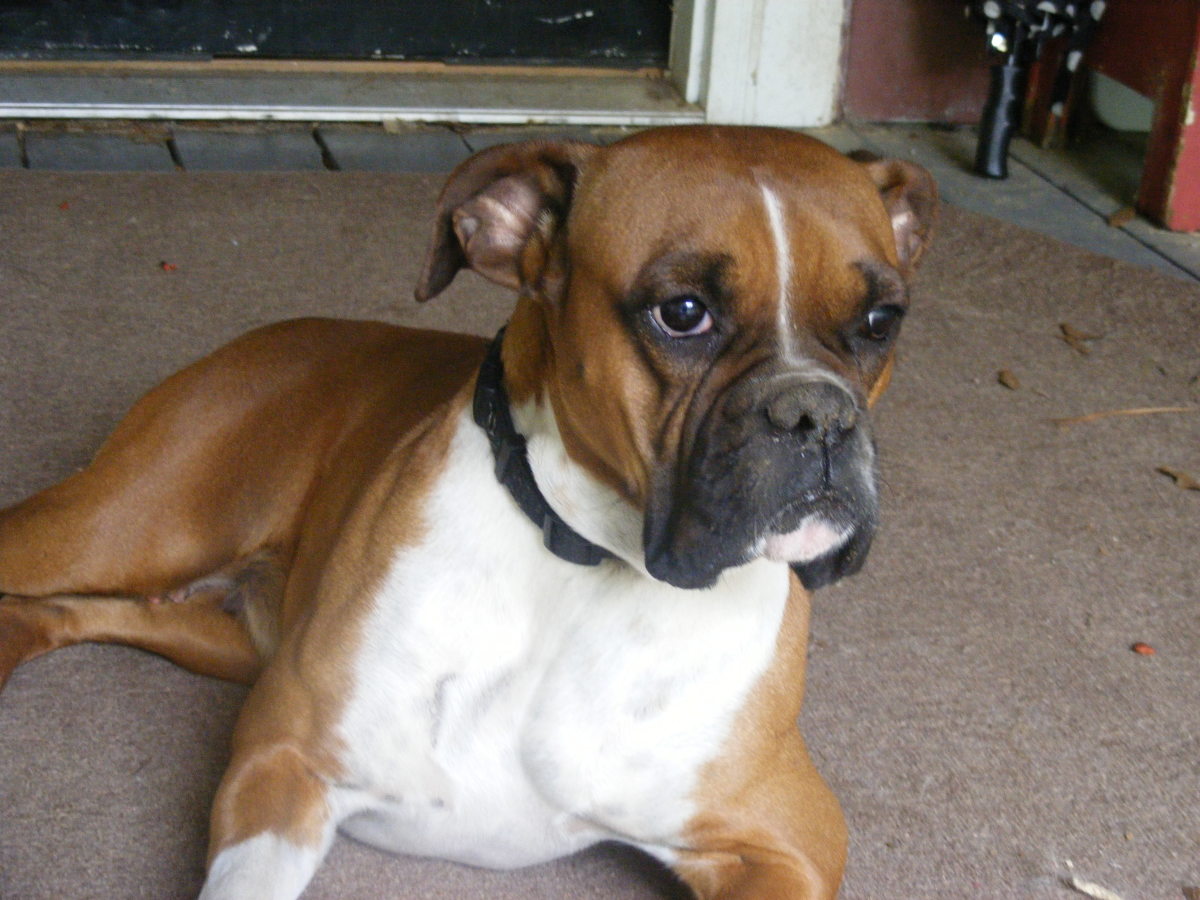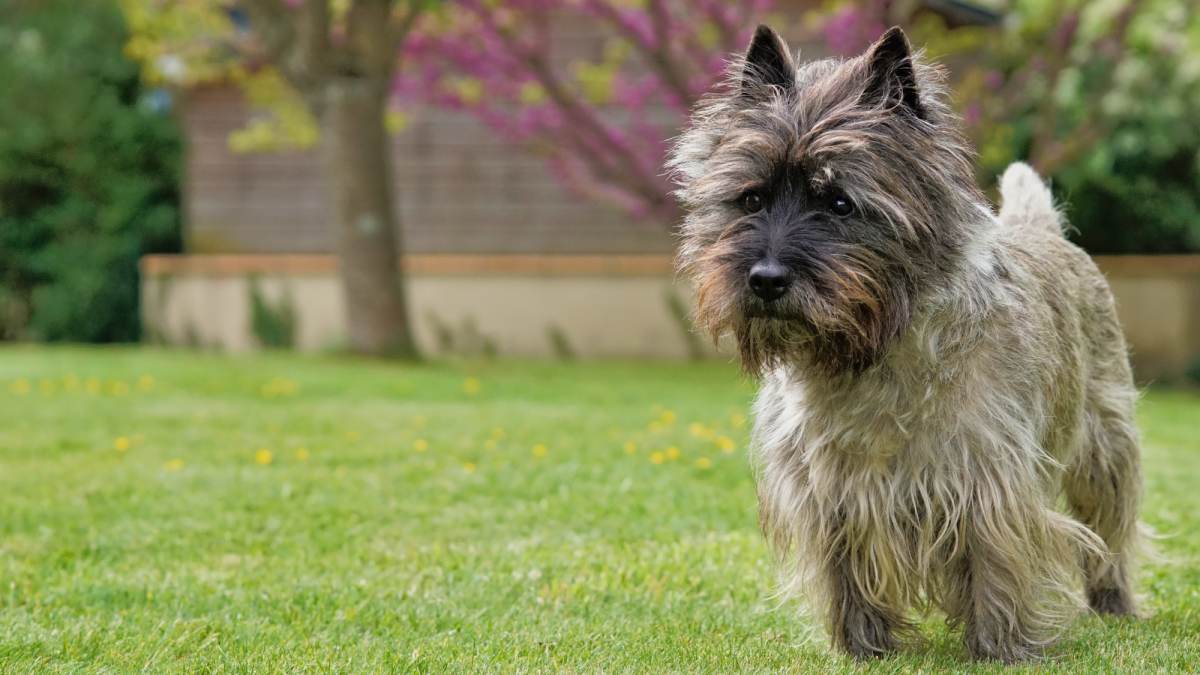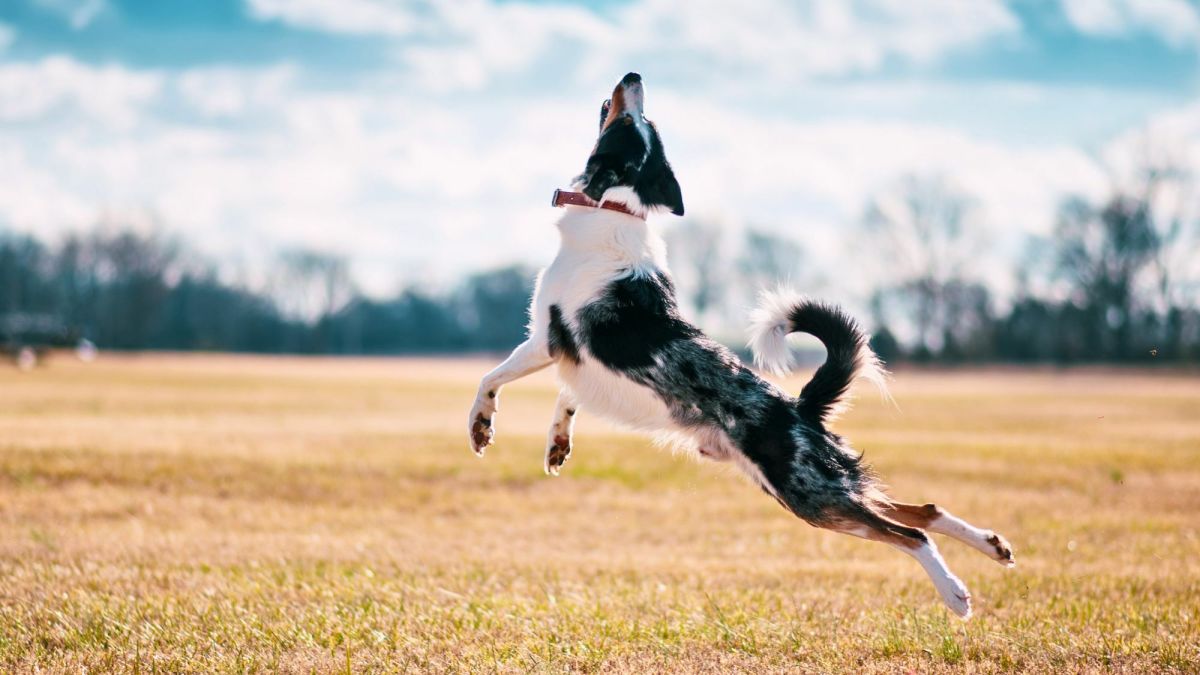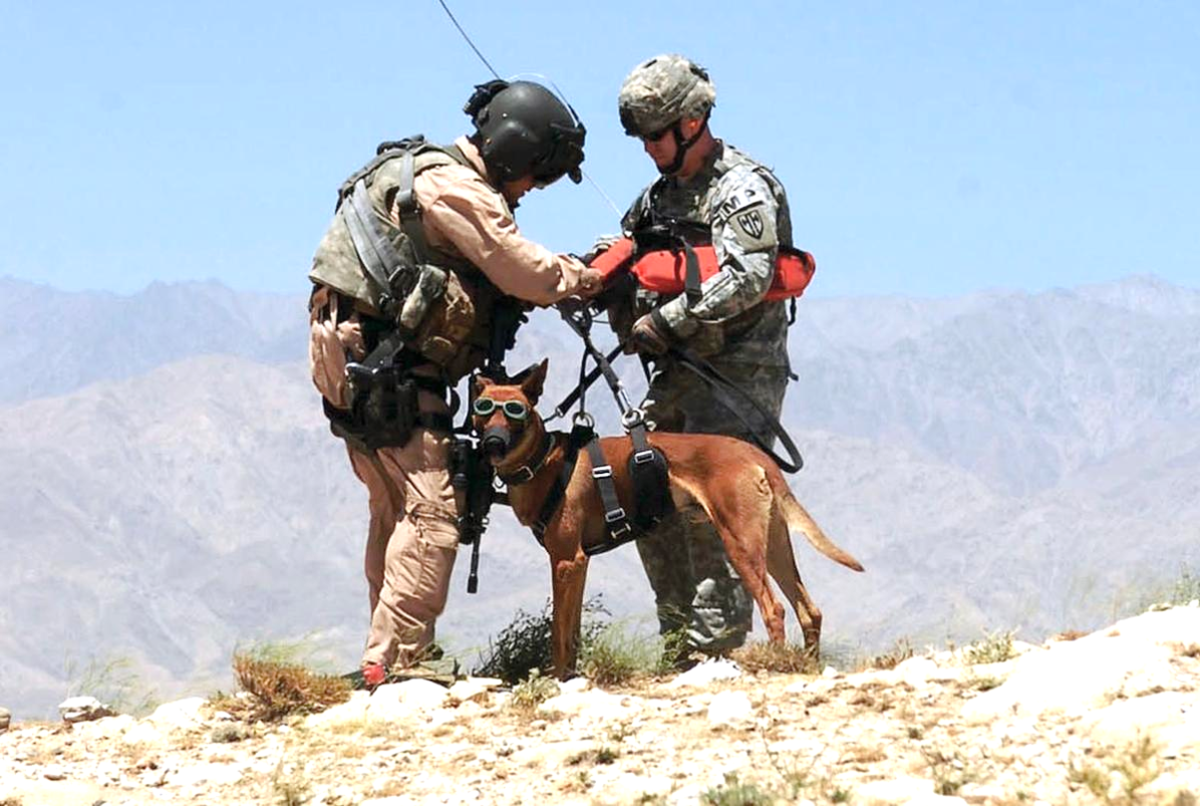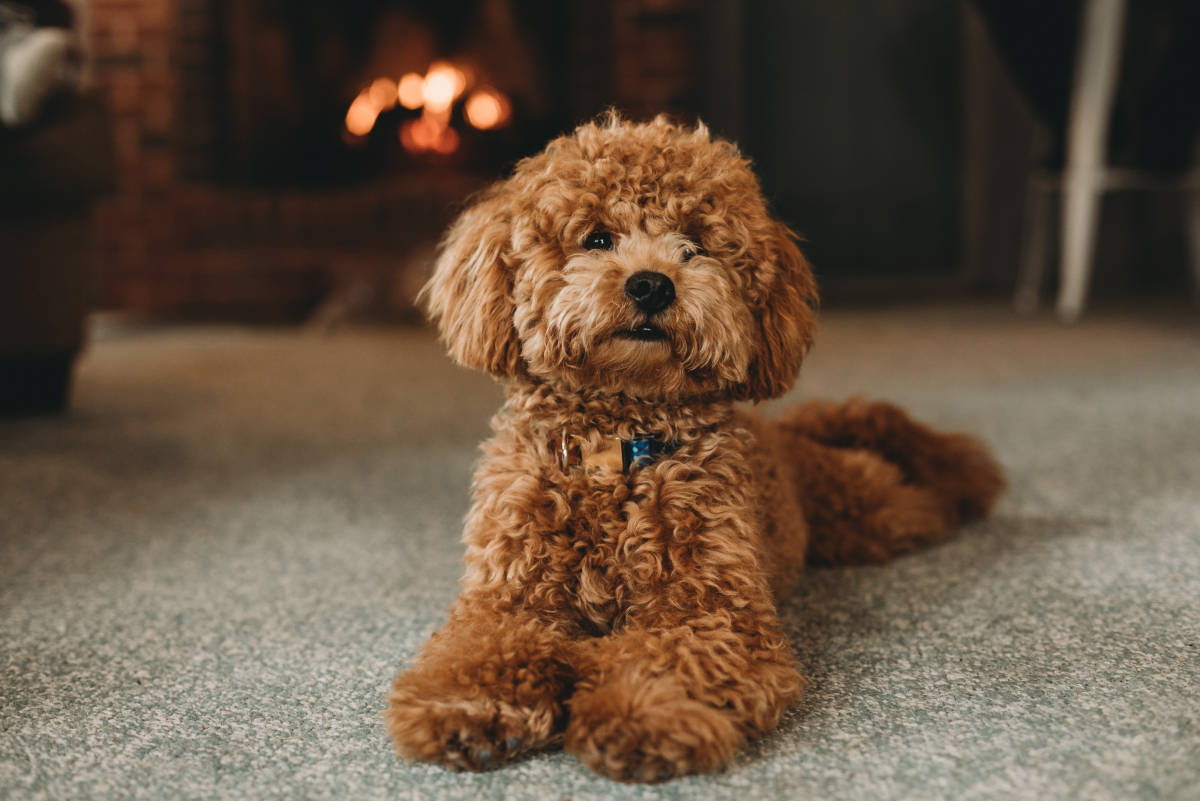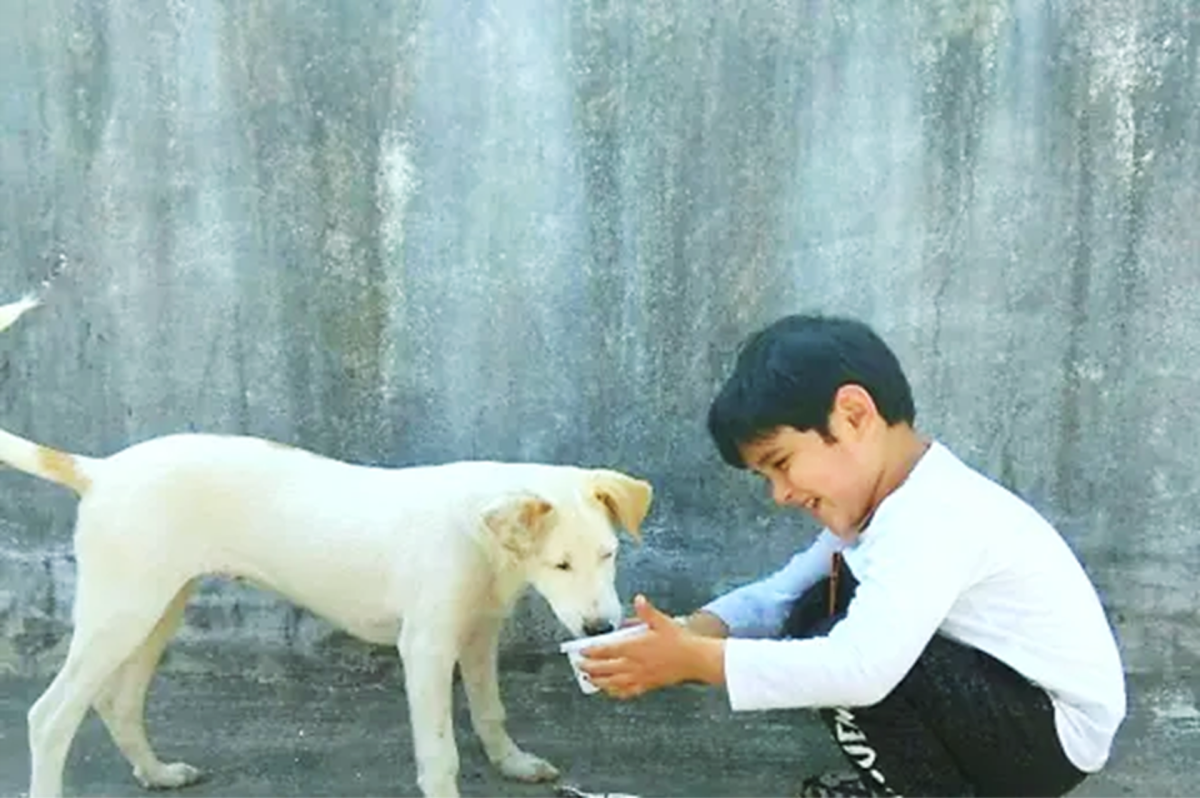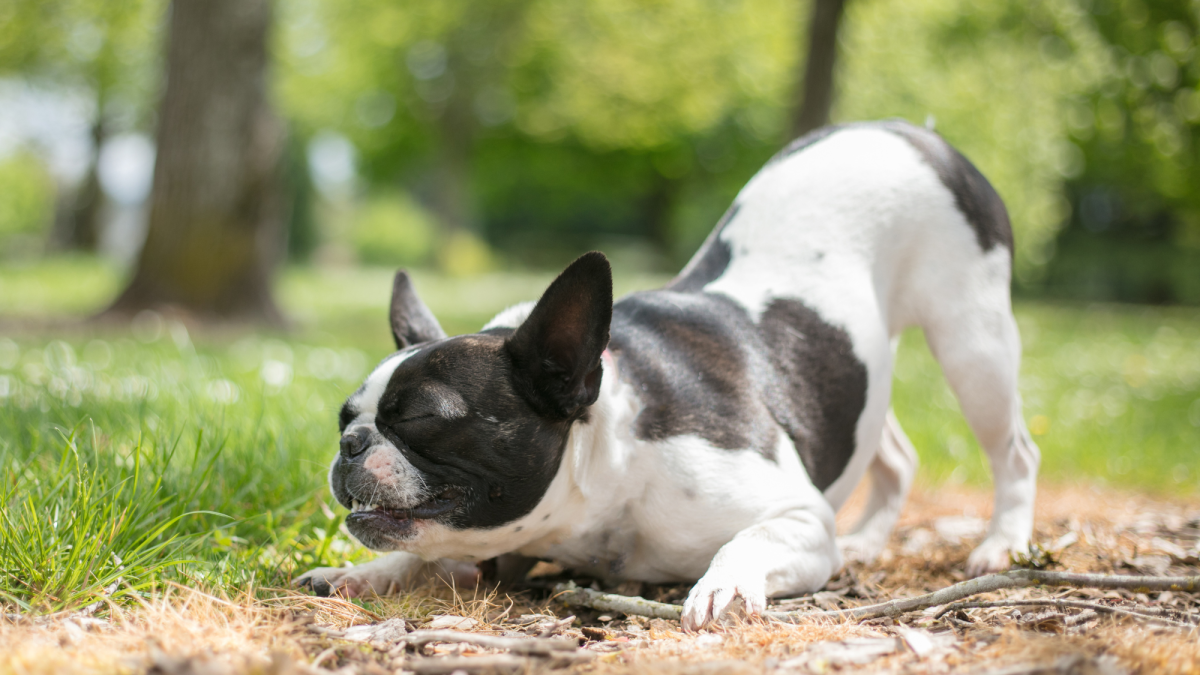Meet the Working Dog
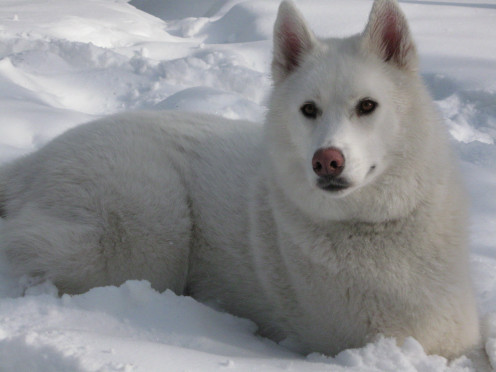
There is the perception that other than being the family dog, canines have no other function.
Nothing could be further than the truth. Now family pets, hunters bred these diligent, hard workers to serve them in many areas.
Tough, resilient working dogs have an active temperament and need management. Life with these fellows is much easier when you understand them and their needs.
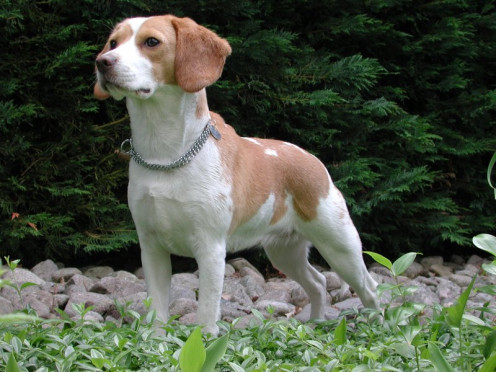
How Dogs Work For Us
Owners bred these indispensable dogs, in days of old, for specific purposes. They assisted their owners in various areas.
Herding Dogs
One of these areas was, and still is, herding. Farmers bred dogs to herd their livestock. These dogs, of course, have the natural tendency to herd. Good examples are collies and terriers.
Their alert, watchdog demeanor comes with their natural herding instincts. Many are protective and guard the home.
Hunting Dogs
Humans harnessed the alertness of dogs in other ways. Hunters used Retrievers, Spaniels, Pointers and Poodles to retrieve their game.
These dogs have boundless energy and jump into the water at any chance they get. Their energetic personality makes them wonderful with children.
Guard Dogs.
Guarding is another way humans use dogs. Their function is self-explanatory.
Their instinct to guard makes them potentially aggressive and dominant.Such dogs are intelligent and trainable. Rotties, German Shepherds and Tibetan Mastiffs fall into this category.
Sight Dogs
Besides guarding, hunters used these dogs to track their prey by sight. Breeds such as the Saluki and the Irish Wolfhound have better eyesight than other dogs.
Dogs in this group are some of the fastest on Earth. However, their energy level fluctuates. These dogs are the laziest couch potatoes
anyone can find.
Trackers
Apart from capitalizing on their dogs' sense of sight, hunters made use of their sense of smell. They bred dogs to track their games with their noses.
Beagles and Bloodhounds belong to this group. Their noses have huge olfactory glands that enable them to pick up scent. Their keen sense of smell is so strong that they track even without training.
Terriers
Tracking prey aside, hunters used dogs to chase rats and other vermin. The terrier group of working dogs are notorious for their
feisty, destructive tempers.
These dog will tear and chew anything in sight. Training these dogs not to nip is necessary.
The Bloodhound
Managing the working dog
Working dogs had different functions, but they have stark similarities in their temperaments.
No matter the breed of working dog, owners need to bear their needs in mind as they are managing them.
1. They need structure.
The first of these needs is structure. Working dogs need routinized, well-ordered lifestyles.
These dogs become irritable with a lack of activity.
Schedule regular walks and training exercises to keep your working dogs temperament balanced.
2. They need consistent reinforcement.
Working dogs are resilient creatures that are stubborn at times.
If you own one of these breeds, combine positive and negative reinforcement to train your dog. Encourage desired behaviors with positive reinforcement and have a few negative consequences to discourage unwanted ones.
3. They need assertive leadership.
With their obstinate temperaments, working dogs need assertive leadership. Some of them are bossy and dominant.
The terrier group, in particular, are assertive, feisty dogs that need their owners to remind them who the leader of the pack is.
If you own a working dog, show him that you are the leader of the pack by routinizing him consistently.
4. Working dogs need socialization.
Keep your working dog in line by socializing him. These dogs, bred to assist their masters by guarding and hunting, are naturally wonderful watchdogs.
Unfortunately, this makes them territorial and defensive.
These dogs need regular socialization to help them develop proper responses to people and their dogs.
5. They need a lot of attention.
Apart from socialization, these dogs need attention. devoted to their masters they cannot bear separation from them and become destructive.
Separation anxiety is a common problem in many working dog breeds.
These dogs cannot be alone for too long.
The Irish Wolfhound
Favorite Working Dog Breeds
Diligent, charming working dogs are favorites among pet owners in spite of the challenges of owning them.
These are some favorite working dog breeds. Understanding their history and temperament helps with their management. Being aware of any behavioral and health issues assists owners too.
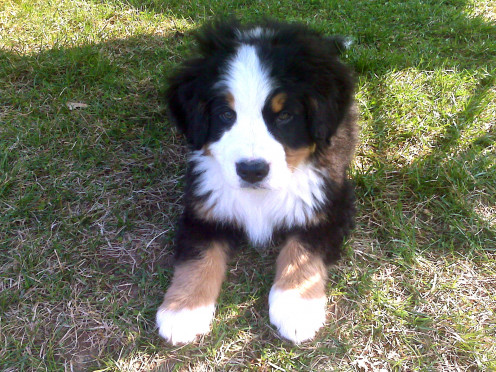
The Bernese Mountain Dog
The first of these working dog breeds is the Bernese Mountain Dog, a draw among pet owners because of its tri-colored coat of black, orange and white hairs.
This dog charms with its affectionate demeanor. Bred for farming in the Alpine Mountains, these dogs grew to close to their masters.
As a result, they need a job to keep their minds occupied and their temperament balanced. They cannot be left alone for too long. Berners love digging and need trips to the park to play in the sandbox.
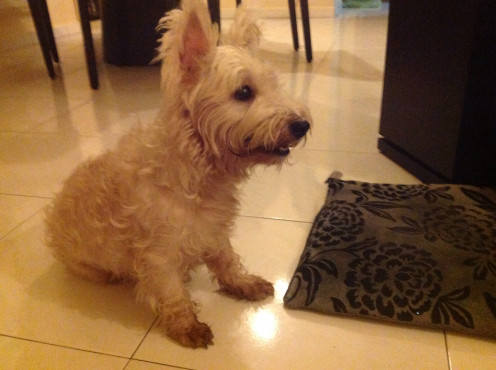
West Highland White Terriers
Another hard worker is a favorite terrier of mine, and not just because I own one. The West Highland White Terrier, adorable with its pure white double coat and small, sturdy, stature, is far from being a lap dog.
Bred by hunters in the West Highlands of Scotland to burrow for vermin, hunters prized this dog for its sleek look and alert, intelligent and helpful ways. They removed these dogs from their burrows by pulling on their super-strong tails.
Winsome nature aside, this little fellow is domineering. They are prone to territorial aggression and the "little dog syndrome." Though friendly, some are aggressive towards larger dogs.
I keep mine, Cloudy, apart from my Schnauzer, Misty, during meals to prevent food aggression.
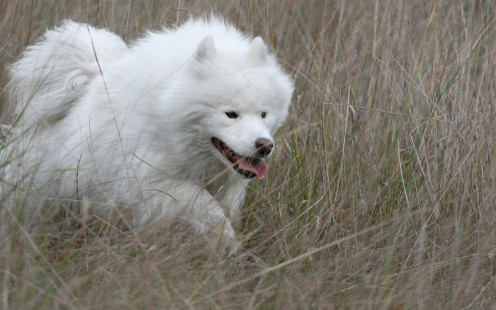
Samoyed
A third, absolutely gorgeous hard worker is the Samoyed, or Sammy, as he is popularly known. This wolf-like dog is known for its pristine, double layered white coat, pointed ears and a beautiful tail that curls on its back.
The Samoyed Eskimo Tribe bred these dogs from the nenets herding laika, a spitz-type dog, for sledding, guarding and keeping their owners warm.
These huggable fellows, however, are better watch dogs than guard dogs because of their friendliness. They have an insatiable urge to bark.
I once owned a brother and sister pair, Romeo and Juliet. They needed my grandmother's consistent reinforcement to remind them to stop barking. With a little assertive leadership, these fellows are wonderful companions.
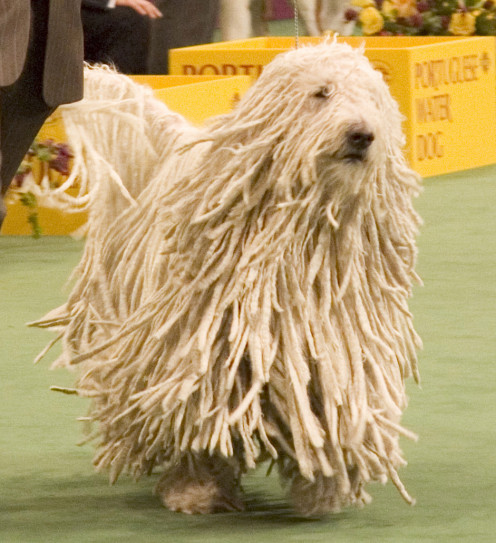
The Komondor
Another diligent canine, the Komondor, is an adorable, Hungarian livestock dog that reminds one of Cousin It from the Addams Family. Over thirty inches tall, they are one of the largest dog breeds today.
The Cumans, a Turkish nomadic tribe, brought these dogs over to Hungary. These dogs descend for earlier Tibetian Mountain Dogs.The Cumans used them as guardians for their livestock probably because they blended in so well.
The Komondor is a wonderful family dog, but like all good guard dogs, has an urge to defend. It needs regular socialization to manage its territorial instincts.
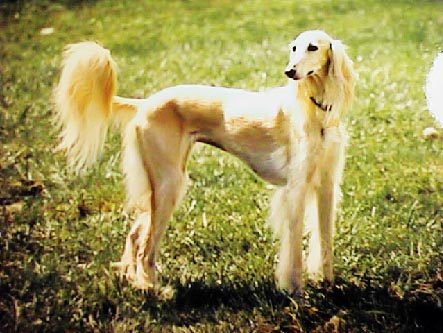
The Saluki
A last working dog favorite is the Saluki or the Persian Greyhound. One of the oldest domesticated dog breeds, we see the Sakuki on ancient Petroglyphs and ancient Eyfptian Tombs.They were dogs of the Eygyptian Royal courts and rode with nomadic threaders in their caravans on the Silk Road. Their owners made use of their keen sense of sight to hunt quarry.
This dog is slim, with the deep chest of typical sight hounds. Their sleek bodies enable them to go after prey at great speeds.
Reserved but affectionate, these dogs need patient training and socialization. Destructive when bored, they should be left alone for too long.
Conclusion
Working dogs, when understood and communicated with, are wonderful companions.
There are many working dog breeds.....do share your favorites in the comments!!
